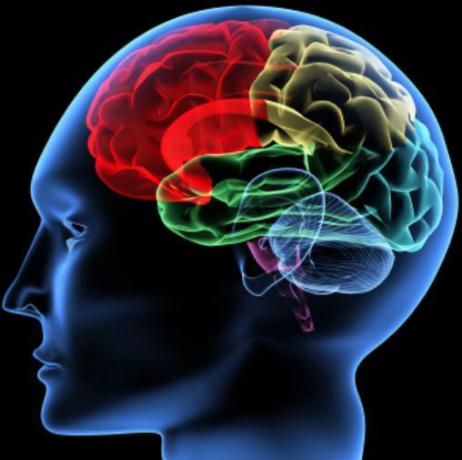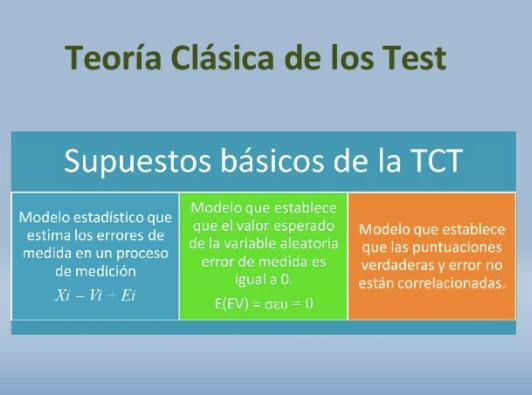
Susan Carey accurately summarizes Piagetian proposals to differentiate between preoperational and operational children. Preoperational children: (1) only attend to one dimension of the task at a time, (2) cannot construct ordered series or do transitive inferences about them, (3) they cannot represent classes or the class inclusion relation, (4) they are egocentric: they cannot consider other points of view, (5) they do not have the notion of physical causality and (6) they cannot distinguish appearance from reality. For their part, children who have constructed concrete operations: (1) can coordinate two dimensions, (2) can represent ordered series and make transitive inferences, (3) can represent classes and the class inclusion relationship, (4) can take other points of view, (5) capture physical causality, and (6) capture the distinction between appearance and reality.
Piagetian theory considers that the use of logical rules to solve problems is the cornerstone on which children's intelligence is built. However, psychologists who give priority to cultural aspects, Vygotsky and Luria for example, consider that it is development of language as a regulator of one's own behavior, in its capacity as activator and inhibitor, which promotes intellectual development during the
Definition of mental operation.
A mental operation, according to Piaget, is an internalized action of a reversible nature that combines with others to form ensemble structures. We call these structures clusters. Clusters have two fundamental operations: identity and reversibility. Identity implies that if nothing is added or taken away from a "whole" it remains the same. Reversibility means that if a transformation is carried out in one direction and then in the opposite direction, "everything" remains the same.
Piaget considered that the notion of conservation is a necessary condition for groupings. The new groupings are: transitivity, the classifications and the serializations. The groupings are weak structures, halfway between logic-mathematics and psychology. Piaget used the properties of these structures to explain conservation, class inclusion, and order relationships, as well as his understanding of the notion of number.
Other approaches to mental operation.
With a mental attention (M) from e + 1 the subject can only represent a mental state. To have two different representations requires mental attention to e + 2. If it is not reached, all I can understand is my own state of mind, extended or prolonged.
The origin of research on the theory of mind dates back to the works by Premack and Woodruff. These authors considered, given the ability of chimpanzees to solve certain tasks, if it could be inferred that these Animals have a theory of mind, which would imply that they understand what happened to the protagonist of the story observed in the video. The fundamental problem is that the test designed by these authors could not tell whether the chimpanzee was taking into account the mental state of the character in the video.
One of the best known tasks is the one designed by Wimmer and Perner for the study of children's competence in the attribution of mental states. This task was named after the false belief.
Leslie places the origin of the theory of mind already in the second year of the child's life, when the fictional game begins and when the first declarative uses of language appear. The uncoupling capacity is a cognitive mechanism of innate origin that is required for the construction of metarepresentations. To explain these innate mechanisms, Leslie draws on the notion of modularity. According to this notion, it is the existence of a metarepresentational module that enables all children to develop uniformly and powerful, even when exposed to so many different social media, the capacities to understand simulations, desires and beliefs.
According to Wellman, it is at the age of three that children have already developed a theory of desires - beliefs of the mind.
Perner argues that at age four there is a fundamental change in the child's metacognitive abilities. Thanks to this change, children come to understand that between the mind and the world there are internal representations that act as mediators.
Perner describes three representational levels: primary representations (first year), secondary representations (second year), meta-representation (from the age of four). Primary representations allow the child to have simple models of the world linked to immediate reality. Secondary representations allow you to be a "situation theorist."
This article is merely informative, in Psychology-Online we do not have the power to make a diagnosis or recommend a treatment. We invite you to go to a psychologist to treat your particular case.
If you want to read more articles similar to Definition of mental operation, we recommend that you enter our category of Evolutionary Psychology.


